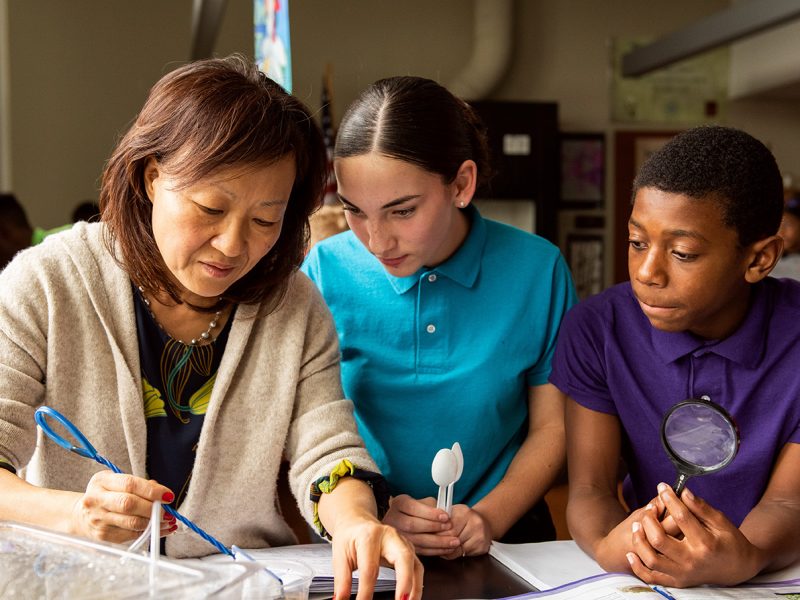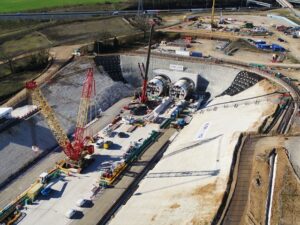What is education? Here is the complete definition

If we are going to define what education is, we can say that, in principle, it constitutes a system of teaching and learning that has the objective of socializing individuals and promoting their development. But, this is not all. Keep reading and learn much more!
Education is very important in society. It is the basis for the perpetuation of culture, for the instruction of individuals, the evolution of society and other purposes.
In many places, education is divided into levels and modalities. In Mexico, for example, some levels are: primary, secondary and higher.
The modalities can be:
- school education;
- professional and technological education;
- education for young people and adults;
- distance education;
- and others.
The type of school education, which comprises the traditional type we know (basic, middle and higher), has not changed much over time.
However, the digital transformation has brought about significant changes throughout education. In this post, you will understand what the impacts of those changes are and their benefits for teachers and students.
What is the concept of education?
When we previously defined what education is, we said that it configures a system of teaching and learning that allows people to socialize and develop.
Although it can be commonly linked to knowledge, the two terms should not be confused. Education is related to moral rules, while knowledge is broader.
Although it is connected to moral rules, it does not represent them in itself. That is why education is considered a great system, with different methods, procedures and tools.
Teaching in education is a key point of this variety. Look at it!
Teaching methods
As you have seen, there are many ways of teaching within education.
Let’s learn a little about the main ones!
- School education: this is the traditional education in our society, which every individual should receive during childhood and adolescence. It is divided into levels: basic and higher.
- Special education: a modality dedicated to people with disabilities or learning difficulties caused by diseases that affect the cognitive system.
- Professional and technological education: focused on the qualification of the workforce. It allows the student to develop technical knowledge in some profession and skills that help him/her in the labour market.
- Youth and Adult Education: aimed at those who did not complete their basic schooling at the appropriate age. Education systems must offer this modality free of charge.
- Distance education: a modality that became popular with the rise of the digital era and has been growing a lot in recent times. As the name implies, in this modality, teaching takes place at a distance, with the help of the Internet, normally through EaD platforms.

Education in the digital age
The advance of technology, the rise of digital and the Internet are affecting many areas and concepts, including what is education.
Today, we can observe the growing use of technology within the classroom and also a complete disruption of classic teaching models.
Institutions are increasingly taking advantage of the facilities and benefits of functionalities such as: Internet, electronic equipment, gamification and online platforms to increase teaching.
In cases where these two models are used, we have the so-called hybrid teaching.
Hybrid teaching follows the advances of technology, attracting the attention of students and reducing costs, while maintaining the face-to-face characteristic of teaching.
On the other hand, many institutions are beginning to fully integrate online teaching and make available complete distance courses, mainly at the higher level.
In addition, another growing area within distance education is that of free courses. Since they offer training outside the academic environment, these courses are not included in the concept of education, but they offer great opportunities to those who wish to teach and learn.
And they also represent an important contribution to society – find out more about these opportunities below!
What is distance learning or EaD?
Reinforcing the explanation of the previous topic, when it comes to distance courses, we can see higher courses (i.e. an education model) and free courses, which are not an education model, but are part of distance education or EaD.
In summary, distance education (Distance Learning) is a teaching modality based on classes that occur partially or totally in a virtual environment.
That is, teachers and students do not need to meet in person for the transmission of content. Classes can be transmitted on specialized platforms, by means of video classes and complementary contents.
For the quality of distance education to be effective, the platform where the courses are held must offer a good virtual learning environment (VLA), be customizable and secure, enable communication and support various content formats.



